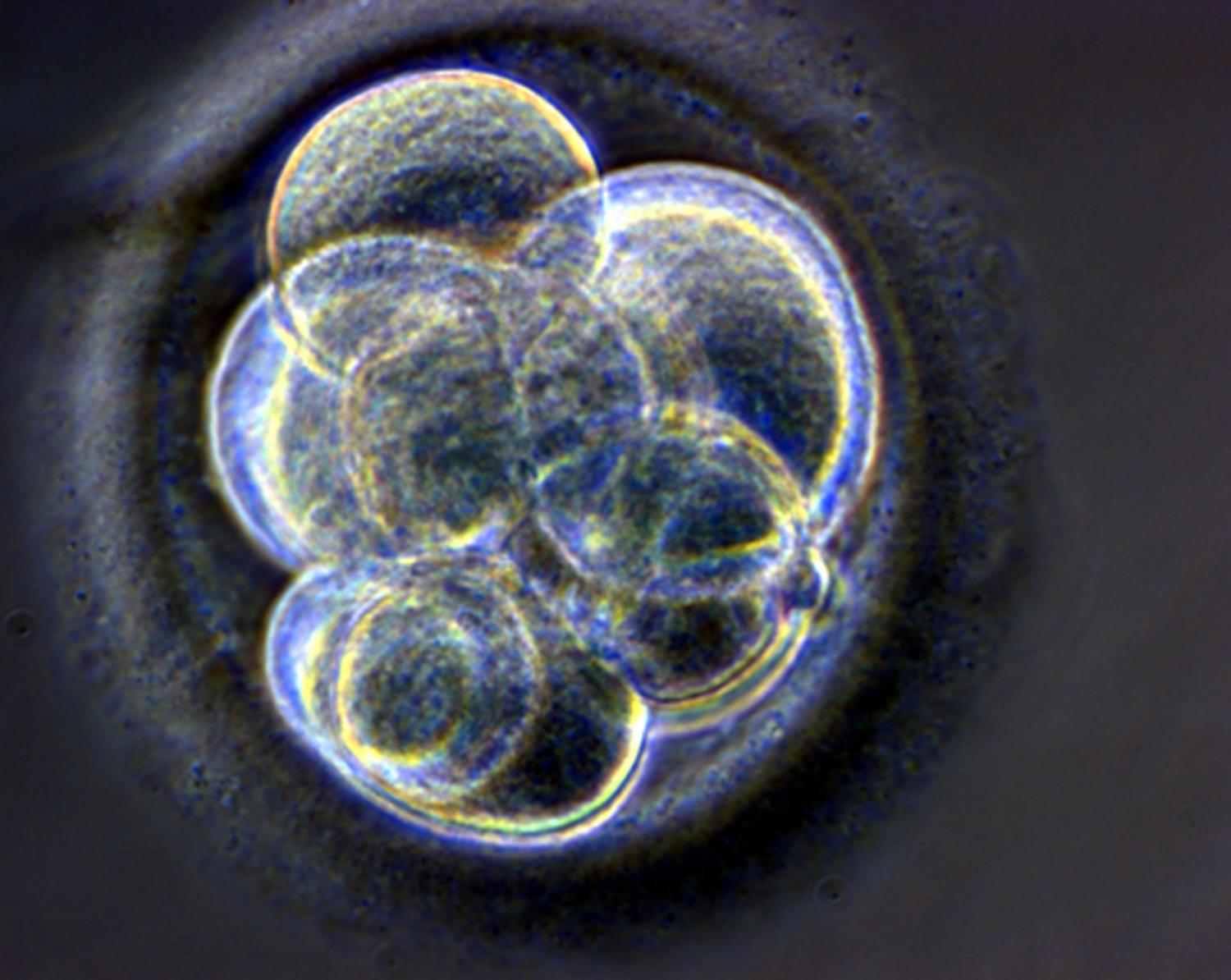Human activity has dramatically accelerated the extinction of species. Man-made habitat alteration has been the leading cause, in combination with direct exploitation. Now climate change threatens to increase extinction rates even more. Adaptation to climate change requires integration of climate impacts in planning and action for biodiversity conservation, and the overall task requires funding and action similar to that discussed—but not yet delivered—under the Framework Convention on Climate Change (FCCC) or the Convention on Biological Diversity (CBD). Preservation in the wild—in situ—is the top priority, but it is clear that many more species will disappear and we will lose access to the genetic information they contain unless their DNA is also kept ex situ—in captivity, cultivation, or preserved storage.
A global network of facilities should be organized to preserve DNA for every known species and for new species as they are described. This “DNA Net Earth” will be a safety net for biodiversity that can provide genetic libraries for research and commerce, be used to recover species that are endangered, and offer the potential to selectively restore species that have gone extinct. Only a small fraction of the 1.9 million known species are currently maintained as living organisms in cultivation or captivity, or maintained frozen as viable seeds or cells. Just a fraction more species have DNA in dead cells or in an extracted form that are held in long-term frozen storage. Progress towards DNA Net Earth is limited by a lack of shared priorities. Three steps can provide a way forward: developing a website to track progress on preservation whose key information is managed directly by contributing facilities; establishing new incentives and mandates for contributing specimens, including grant, publication and permit requirements; and engaging the public in collection.



